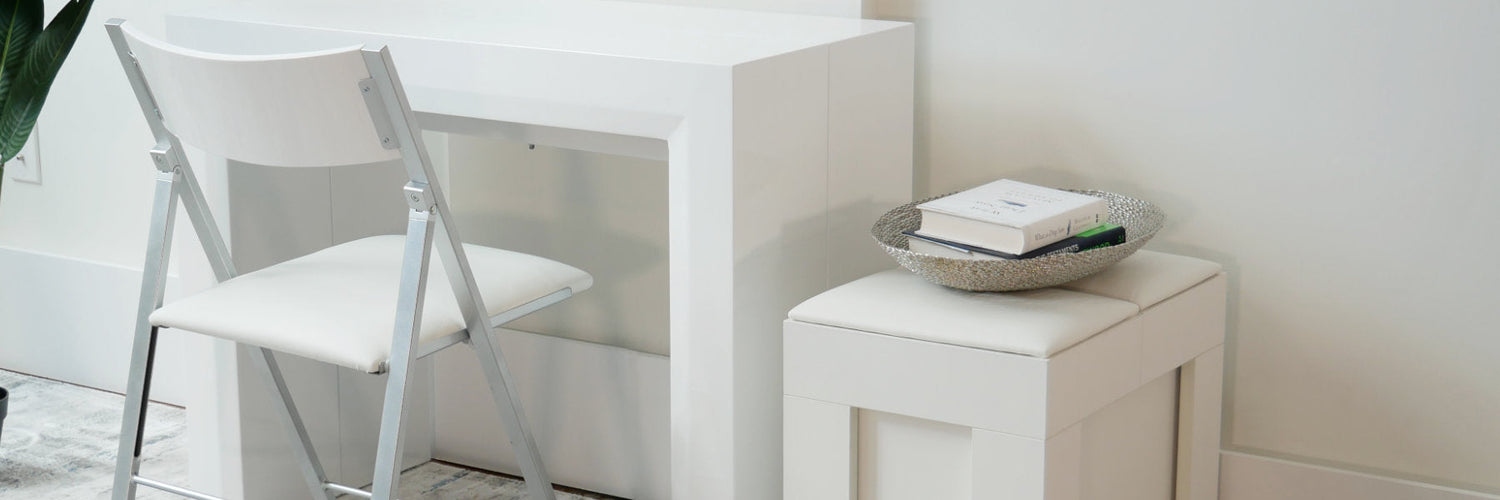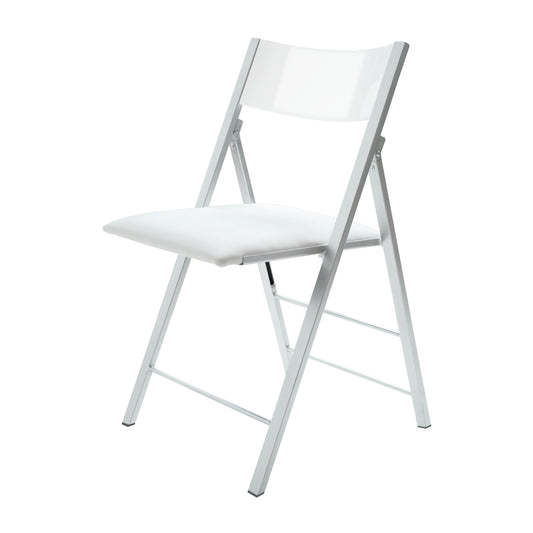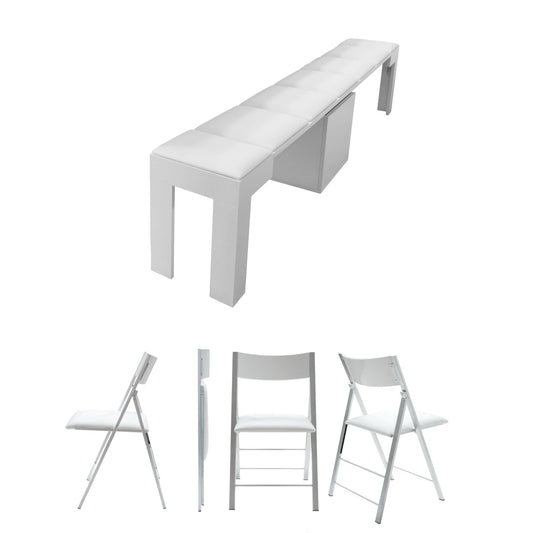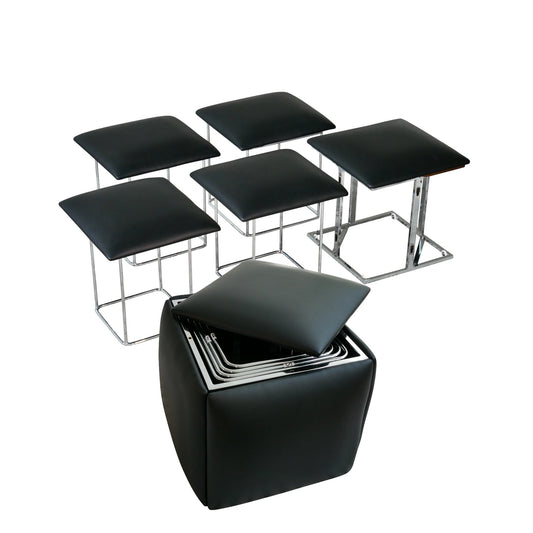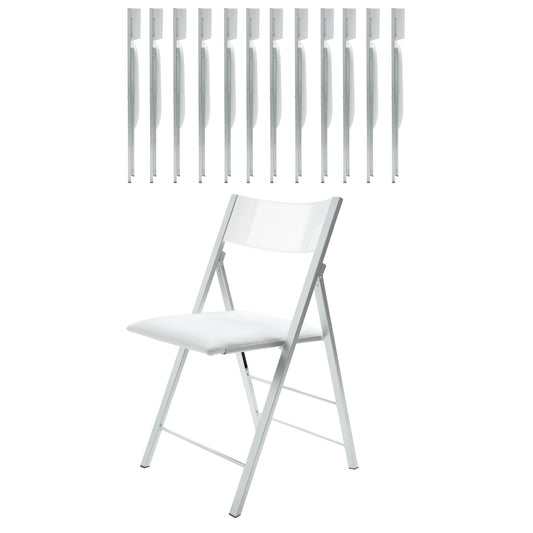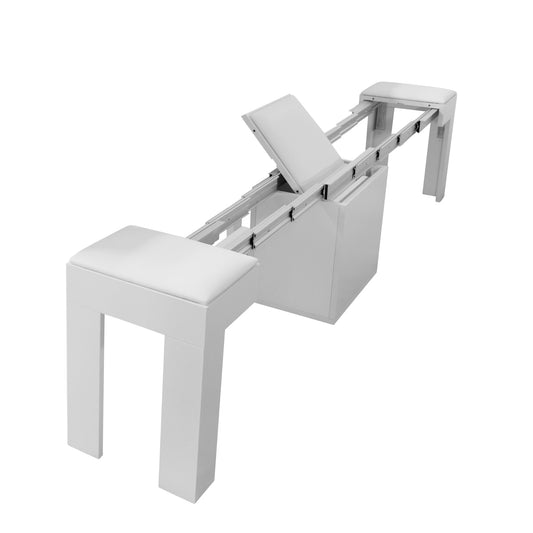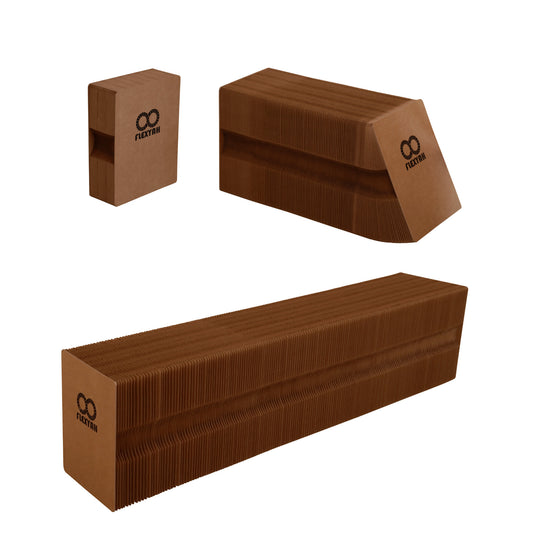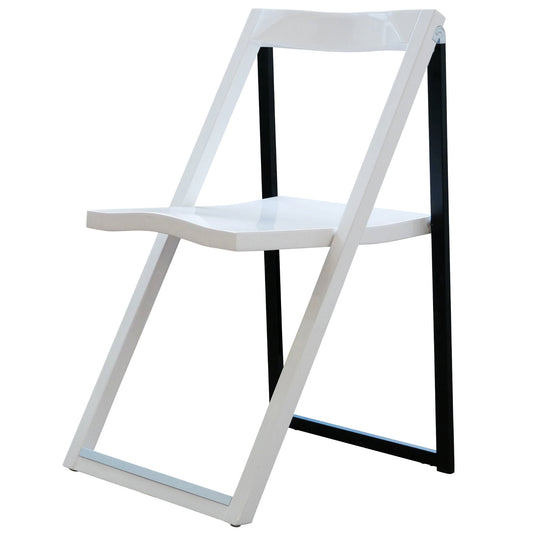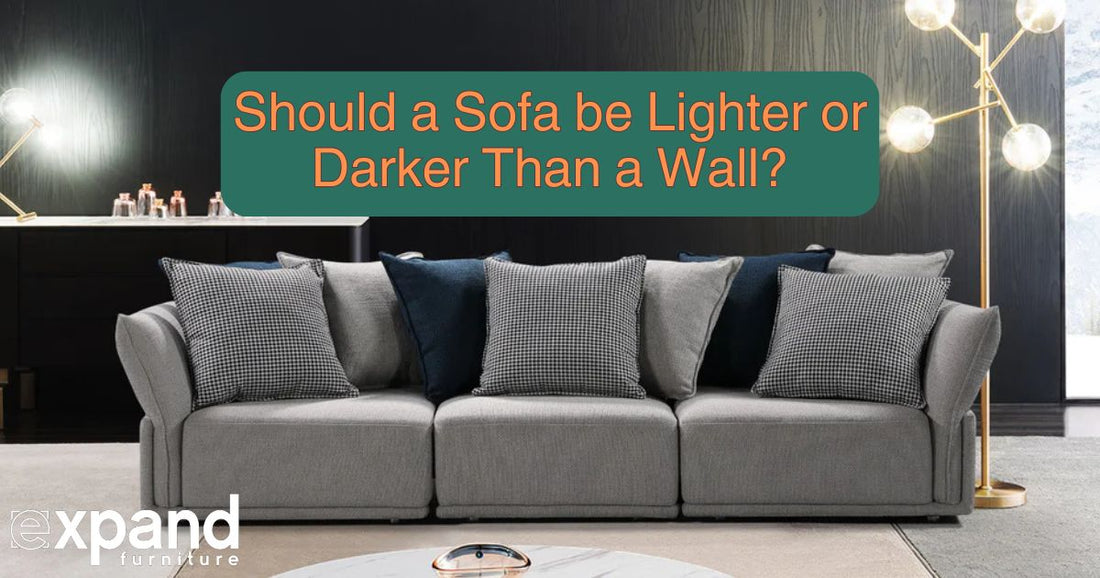Whether you’re shopping for a new sofa, painting your walls, or changing the room’s aesthetic, there’s a question everyone asks. Should the sofa be darker or lighter than the wall behind it? You’re not alone in wondering this, and we have a simple solution and easy process for you to follow.
- Determine the goal of the room whether it is to feel larger or you need a focal point.
- Will it be used to entertain regularly and you want to engage in focused conversation.
- Are you looking for a dramatic flare, or do you want to focus on the room’s space and size.
Once you answer these three questions, the solution is easy. This guide to couches and wall colors is complete with examples by room type and purpose. It all starts with a couple of tips interior designers use.
How Interior Designers Choose Couch and Wall Color Combinations
The color difference between darker and lighter is part of an interior design and art concept called contrast. Contrast in this case is referring to the difference in shades and brightness between the color of the wall and the color of the couch, and which one should stand out more.
- Darker couches with lighter background wall colors pop from the space and become a focal point that centers your attention.
- Lighter color couches with vibrant and darker wall colors keep your eyes moving as the couch blends in. The lack of a focal point from the couch and furniture keeps your eyes moving around the edges and following leading lines.
- Balanced tones where the couch and walls are similar (also known as monochromatic displays) can also be an option, especially in great rooms and offices, because there is a sophisticated elegance by blurring the boundaries of the furniture and wall to keep the space feeling open and fluid.
Balancing contrast using light and dark colors is based on the “Chiaroscuro Influence” which is a concept of using contrasting light and dark colors used famously by Leonardo Da Vinci and Carraviago. This design concept works for any room in your home with large pieces of furniture like a couch where you want to draw attention to it, or keep the space feeling open.
Here’s some situations where you will want to go with a darker couch and lighter walls, a lighter couch with darker wall colors, and where keeping them in the same spectrum may work to your advantage.
Darker Couches With Lighter Wall Colors
When people see a couch they think of something comfortable where they could sit and read, watch tv, or take a nap. The darker color of the couch against a lighter colored wall brings eyes to it. By making the sofa a focal point of the room you build a sense of comfort from the minute a person enters the room.
To further create the focal point you can use the 60%, 30%, 10% design rule to balance the darker color of the couch with coffee table decor like a similar tone candle or vase and a table lamp to the side. The couch can be 60% of the color, decor items like a vase and candle holders can be 30%, and 10% is the base of the lamp on the end table.
Pro-tip: If you have children, pets, or entertain regularly, the darker fabrics are less likely to show dirt and stains than lighter, so use the walls for lighter colors as food and drink spills may happen less often.
For large spaces with light colored walls, a dark colored couch can stand out and center your eyes. This is especially true for great rooms and open floor plans and you want to be able to capture the person’s attention.
By doing this the sitting area feels separate from the expanse by keeping attention centered because of the darker colors making it easier to talk and stay focused instead of your eyes drifting along the trim, rafters, or molding while you’re seated.
When combined with a complementary area rug and table decor, there is now a set space vs. a fluid pathway through the room creating stability. This feeling of stability is what interior designers call a “grounding effect.”
Lighter Couches With Darker Wall Colors
Dark colors absorb light rather than reflect it and this can make a room feel smaller. Multiple studies like this one with single wall colors and this article from Arch Daily demonstrate how different dark colored walls impact a room's feel space wise.
Smaller spaces like apartments and tiny living rooms, and large rooms that receive minimal natural light and windows will want to go with lighter couches and darker wall colors. The lighter color of the couch lets your eyes drift to the walls. As your eyes drift and move rather than focus, the space feels larger.
Pro-tip: Horizontal lines can make a small room or width feel wider via an optical illusion.
The walls can use borders and molding, a contrasting color with the floor boards, and leading lines with wall art and lengthy furniture help keep eyes moving around the space. If you have a shorter couch, your eyes can move past it to the walls and be drawn by the leading lines. Especially if the couch is longer and has a flat back.
The effect of the lighter couch with a darker wall color can help make the space more comfortable vs. feeling trapped. If you have a larger room and dramatic couch in bright red or yellow, the couch will pop and become a focal point helping to ground the sitting area. The added benefit here is your eyes will still be able to float and move, but you’ve also created a comfortable space.
Keeping the Couch and Wall Colors Equal
Monochromatic design gives a feeling of air and space to keep a room light and relaxing. Matching similar colors between the couch and walls is perfect for sun rooms where you want your mind to be at ease, great rooms that you use to entertain and want conversation spread throughout the space, or decks and porches where conversation should happen and the focus is on the world around you.
This is one of the reasons large conference halls, museums, and spaces with natural light keep furniture and wall colors neutral. The goal is to focus on the people you’re with and the surroundings. Wall art and sculptures become visible and talking points, it’s easier to stay focused on the people you’re talking to when the room is neutral, and your mind may feel at ease for an afternoon nap when the colors are balanced and calming.
Don’t let choosing a couch and wall color stress you. Think about the effect you want whether it is creating a focal point or making a room feel larger, then the choice is made. If you’re looking for more interior design tips, subscribe to our newsletter by entering your email or SMS phone number below.
